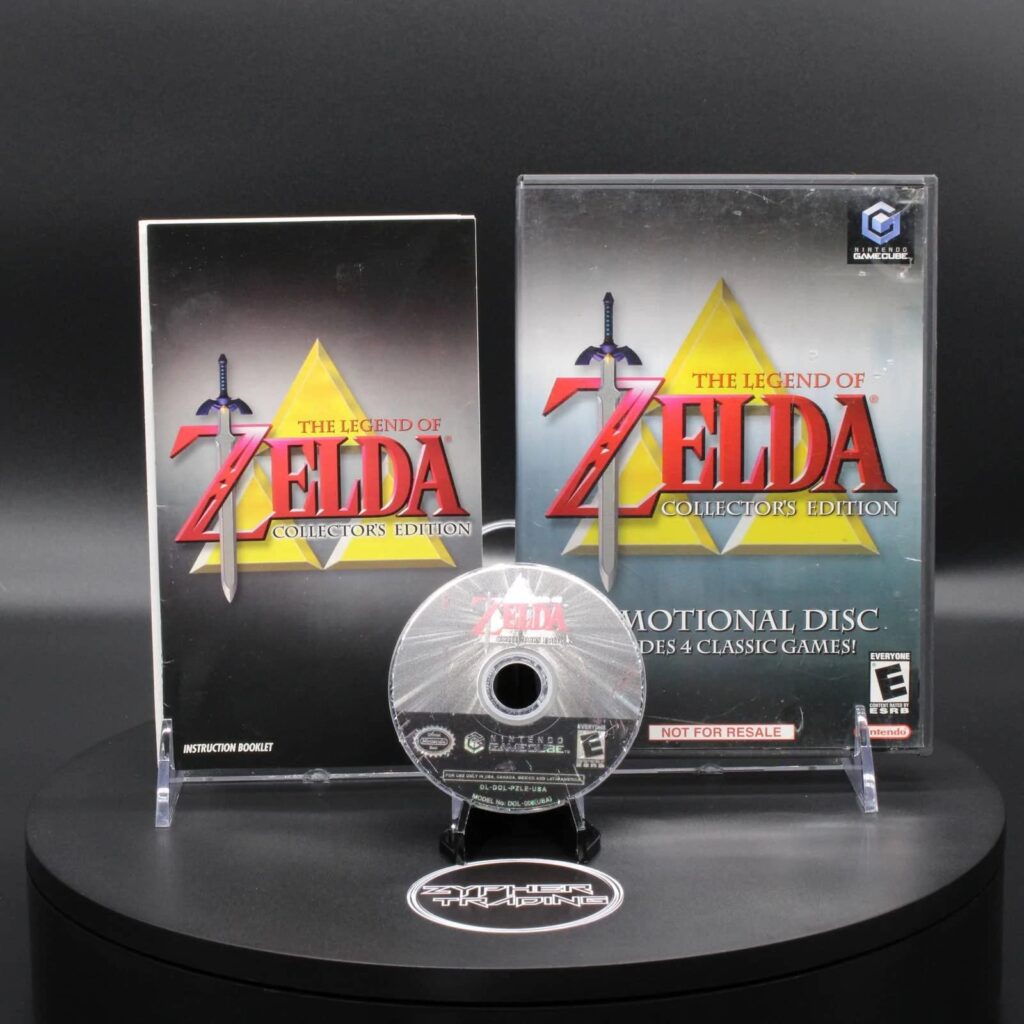The Legend of Zelda: The Wind Waker was released in 2002 for the Nintendo Gamecube and has since become one of the most beloved games in the franchise. The game’s unique art style, gameplay mechanics, and storytelling make it a revolutionary game that forever changed the way we think about action-adventure games. The Wind Waker introduced the use of the cel-shading technique to give the game’s graphics a unique, stylized look, and the ability to sail the open seas on a boat. The game’s legacy can be seen in almost all subsequent games in the franchise and has had a profound influence on video games as a whole.
Introduction
The Legend of Zelda: The Wind Waker was released in 2002 for the Nintendo Gamecube, and has since become one of the most beloved games in the Zelda franchise. With its vibrant art style, unique gameplay mechanics, and compelling story, The Wind Waker revolutionized the way we think about action-adventure games.
The Art Style
The Wind Waker’s art style is unlike anything that had come before it in the Zelda franchise. The game’s graphics are colorful, playful, and cartoonish, with characters and environments that look like they were pulled straight out of a children’s storybook. This visual style was a departure from the more realistic graphics seen in previous Zelda titles, and was initially met with some skepticism from fans who were used to a more serious tone. However, as players delved deeper into the game, they quickly discovered that the art style was not just a gimmick, but a crucial part of the game’s design.
Using Art to Tell a Story
The Wind Waker’s art style is more than just a visual gimmick – it’s an integral part of the game’s storytelling. The cartoonish graphics help to create a world that is filled with wonder and joy, despite the dark undertones that run throughout the game’s story. Every character and every environment is bursting with personality, and the game’s vibrant colors create a world that feels alive and full of possibilities. This sense of wonder and magic is essential to the game’s storytelling, and helps to make the player’s journey through the game’s world feel like an adventure in its own right.
The Gameplay Mechanics
The Wind Waker also introduced a number of new gameplay mechanics that have since become staples of the Zelda franchise. One of the most notable of these mechanics was the ability to sail the open seas on a boat known as the King of Red Lions.
Sailing the Open Seas
The open seas in The Wind Waker are a massive, interconnected world filled with islands to explore, enemies to fight, and treasures to discover. By giving players the ability to sail this vast world, the game created a sense of freedom and adventure that was unprecedented in the Zelda franchise. Players could chart their own course, deciding where to go and what to do next, creating an experience that felt more like exploring a real-world ocean than playing a video game.
The Cel-Shading Technique
Another gameplay mechanic that The Wind Waker introduced was the use of the cel-shading technique. This technique gives the game’s graphics a unique, stylized look that is reminiscent of an animated cartoon. The cel-shading technique was not just a stylistic choice, however – it also helped to make the game’s combat and traversal mechanics feel smoother and more fluid. By simplifying the game’s geometry and using thick, black outlines to delineate objects, the cel-shading technique made it easier for players to navigate the game’s world and understand what was happening on-screen.
The Legacy
The legacy of The Wind Waker cannot be overstated. The game’s unique art style and gameplay mechanics have had a profound influence on the Zelda franchise, and on video games as a whole.
Influence on the Zelda Franchise
The Wind Waker’s influence on the Zelda franchise can be seen in nearly every subsequent game in the series. The cel-shading technique, for example, has become a hallmark of the franchise, used to great effect in titles like The Legend of Zelda: Twilight Princess and The Legend of Zelda: Breath of the Wild. The open seas, too, have become a fixture of the series, with games like The Legend of Zelda: Phantom Hourglass and The Legend of Zelda: The Wind Waker HD building on the concept introduced in the original game.
Influence on Video Games
The Wind Waker’s legacy goes beyond just the Zelda franchise, however. The game’s art style and gameplay mechanics have had a profound influence on video games as a whole, inspiring countless games throughout the years. Indie games like Shovel Knight and Hollow Knight have borrowed elements from The Wind Waker’s art style, while games like Sea of Thieves have taken inspiration from the open-sea exploration mechanics introduced in the game.
Conclusion
The Legend of Zelda: The Wind Waker was a revolutionary game that forever changed the way we think about action-adventure games. Its unique art style and gameplay mechanics have had a profound influence on the Zelda franchise and on video games as a whole, inspiring countless games over the years. For those who played it when it was first released, the game remains a beloved classic, while for those who are just discovering it now, it’s an essential piece of gaming history that deserves to be experienced by all.
